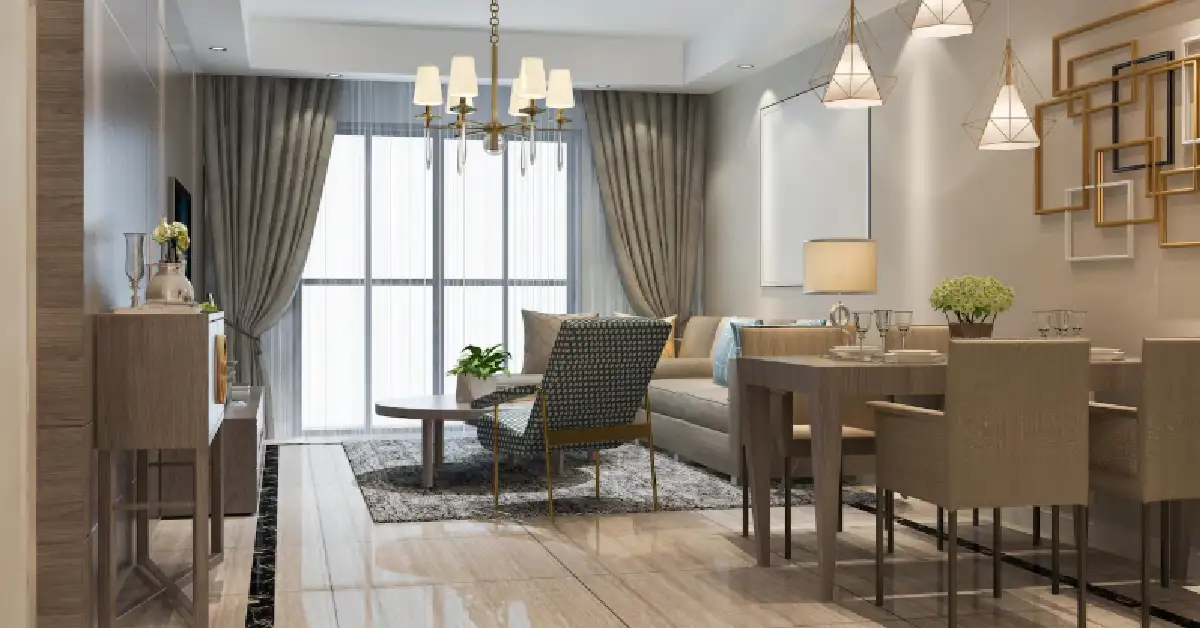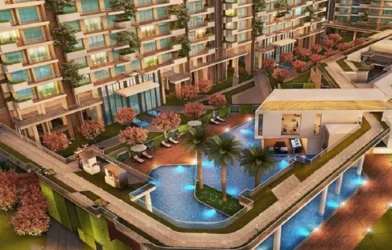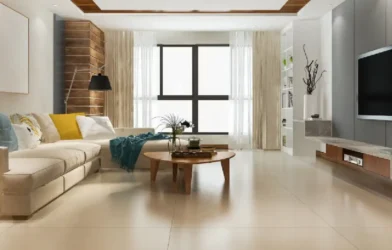Subtotal ₹0.00
India’s home interiors market is on the cusp of a remarkable transformation, projected to double in size from USD 12.33 billion in 2023 to USD 24.52 billion by 2030, according to a new Magicbricks report, “Beyond Walls: Trends & Projections in India’s Home Interiors Market.”
Driven by rising disposable incomes, rapid urbanisation, and an increasing preference for personalised, functional living spaces, the sector is expected to grow at a robust CAGR of 12%. The study underscores how well-designed interiors are no longer just about aesthetics but also act as a strategic investment—enhancing property resale value by up to 70% and rental returns by as much as 45%.
The market’s demand is heavily concentrated in 2 and 3 BHK units, which make up 95% of the market. Mid-sized homes (750-2,000 sq. ft.) and properties with a ticket size of INR 2-5 crore are the most popular segments, representing 49% of market demand.
“India’s homeowners are increasingly viewing interiors as a strategic investment and what excites us is how rapidly the interiors market is formalising & growing. With rising demand for full-home design solutions, we are witnessing a shift from unorganised players to structured, tech-enabled platforms like never before. At Magicbricks, we are working with more than 150 brand partners to deliver bespoke solutions to our users. Our recently organised Interiors Expo fest received overwhelming response which further underlines the appetite for such innovations,” said Sudhir Pai, Chief Executive Officer, Magicbricks.
The report also provides a detailed breakdown of consumer spending habits. The average spend on home interiors across India is INR 560 per square foot. Delhi NCR leads the way with an average spend of INR 580 per square foot, followed by Bengaluru at INR 520 and Hyderabad at INR 490. A closer look at spending priorities shows that bedrooms and kitchens are the most significant investment areas for consumers, collectively accounting for 54% of total expenditure. The trend of opting for a complete solution, known as Full Home Design (FHD), is also gaining momentum, with over 80% of the demand now for these comprehensive solutions.
While Tier 1 cities like MMR, NCR, Bengaluru, and Pune are the main drivers of the market, the report notes a rising interest in home interiors from Tier 2 cities. The report serves as a valuable resource for stakeholders including homeowners, developers, and designers, providing data-driven insights to navigate and capitalize on the trends shaping this vibrant and evolving market.














